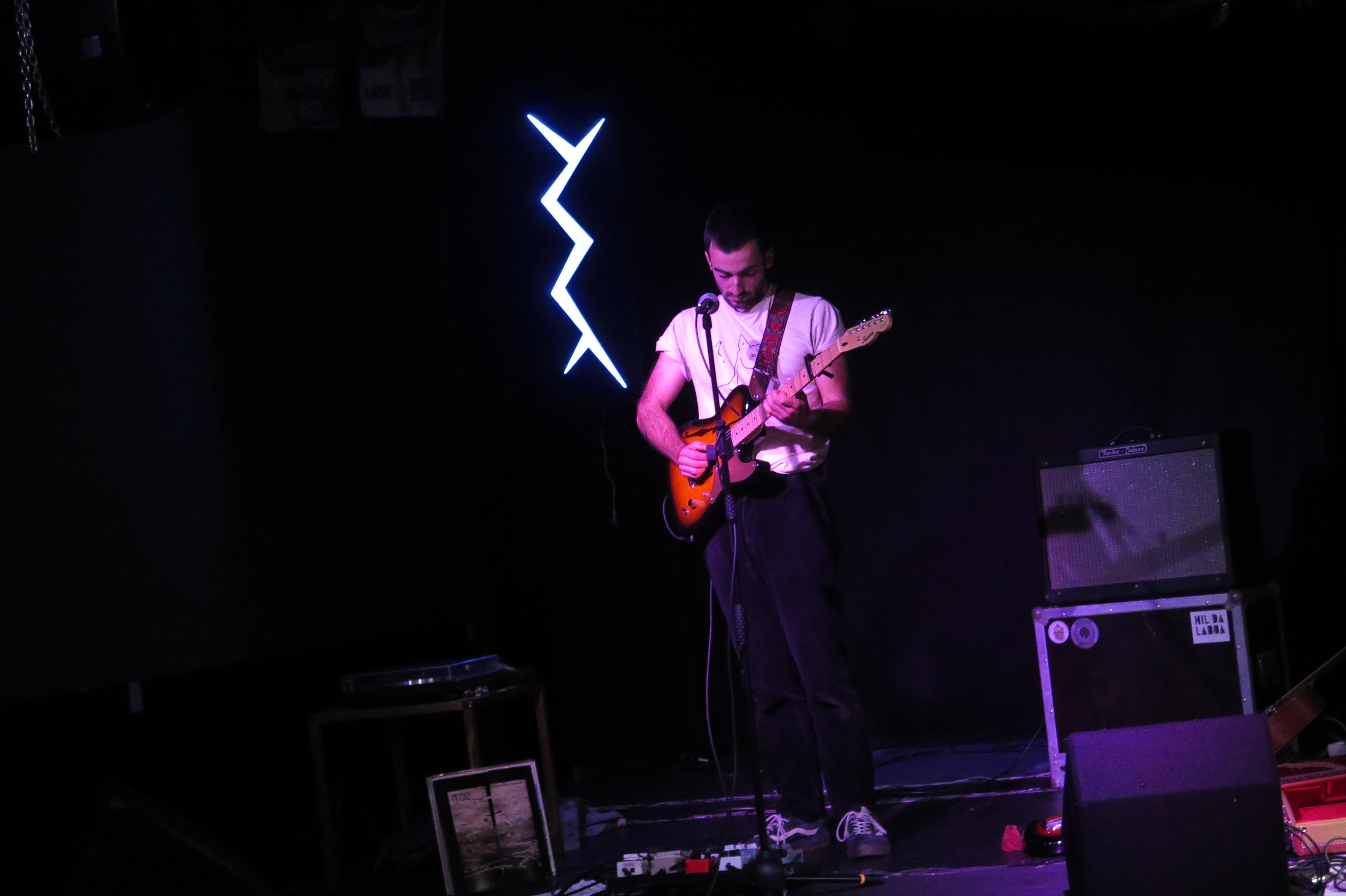

EMEADEDEI + MAHL KOBAT
WHEN: February 2nd.
IN WHICH: In the youth center of Zuia, Murguía.
----------------------------------------------------
On September 20 of last year, we first heard about collective music in the profile of the social network they had just created: “Here is Laboa!” Focused on Zuia (Álava) and Do-It-Yourself philosophy, against the commodification of art and for the self-managed local scene.
Eager to get to know the project, we headed for it on Sunday at noon. The soloist Maddi or Emeadedei of Estella insists that the two of them are about to play. He is starting and growing his solo project and mentions that it is his first time on a stage outside of Navarre at the beginning of his performance. He has shared with us seven songs that he has joined in his first full-length album, a rap experiment and those created by Federico García Lorca, Oskorri and Jorge Drexrel on his own. And what do you want me to say, I don’t get to explain everything well; go to the one who invited you or go to the next one. Because to hear and see this sonorous letter of love and completion in person is a difficult experience to explain.
After the rest, Beñat Bidegain gives the live start with a song by Itoiz on the record player, in this fourth release of the solo project Mahl Kobat, released in December.How to break a person (2024) before playing the disc in a row to measure the current location, first plays a version of Rodrigo Amarante. And then came the incarnate and musicalized narrative of self-destruction. A narrative of sadness expressed from sobriety. In the interaction of voice, guitar and body, these songs are the forms that the experience of self-contradiction acquires; in the relationship with oneself, the impossibility of the relationship with others, the anger, the impotence and the pain.
In this case, too, I find it difficult to tell the correct one, because the echoes of the thoughts I was immersed in in my own whirlwind have blurred my gaze. In addition, it is difficult to explain what is caused by the reception of two poems converted into songs that were a favorite of those times. You can probably wrap yourself in this thought: it refers to me (as well). And of us. In Zuia’s youth house, even beyond the stage, you could see more than one tear.
On the way back, we confirmed to ourselves that it was a plan. “Crying at a concert?” For those who have asked me with surprise, this is also an answer. Simon Frithi has read that music has the function of managing the relationship between our private and public emotional lives; that by giving form, voice and sound to our own emotions, it becomes the public form of private expressions. Mahl Kobat’s direct proposal is to create a space where one can break free in the collective and in the public. And the pampering, respect and care that this requires are not easy to find. Inevitably, however, we need sounds and words that lead us to our own whirlwinds, instead of constantly leaking forward. As well as cozy places to collectively support them. In these times of individualization, sadness also takes its place in the list of legitimate collective expressions of emotions.